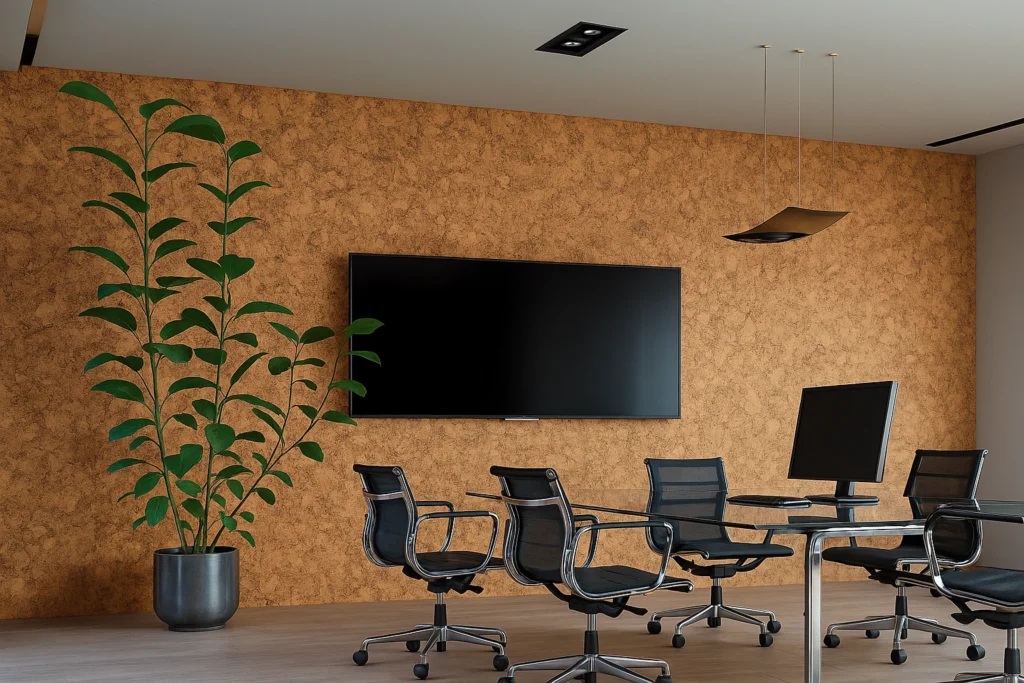In today’s fast-paced world, the quality of learning spaces has become just as important as the content being taught. Timber indoor cladding has emerged as a design feature that goes beyond appearance, offering health and wellness benefits that can positively influence students and teachers alike. When classrooms are carefully designed to nurture calm and concentration, the outcomes extend far beyond exam results. They touch emotional well-being, creativity, and the overall joy of learning.
The Role of Nature in Education Spaces
Research increasingly shows that exposure to natural elements has a profound impact on mental health. Incorporating wood into interior design brings warmth, reduces stress, and fosters focus. Schools and universities adopting timber finishes often report that both staff and pupils feel more grounded and at ease in these environments. The natural textures and tones of timber echo the calming qualities of nature, bridging the gap between outdoor serenity and indoor study.
How Timber Indoor Cladding Supports Health and Wellness
The atmosphere of a classroom or lecture hall is not only shaped by what is taught but by how the space feels. Timber indoor cladding softens acoustics, reduces noise distractions, and contributes to better indoor air quality. For students, this translates into greater concentration and reduced fatigue. For teachers, it supports a calmer voice environment, reducing the strain that comes with constant instruction. The result is a healthier, more balanced learning atmosphere where wellness underpins achievement.
Creating Calm Through Design
Visual calm is an essential yet often overlooked factor in modern education. Timber introduces a sense of harmony through neutral palettes and natural textures. Unlike stark surfaces or harsh materials, it avoids overstimulation and encourages focus. Children and young adults benefit from environments that reduce anxiety and provide a sense of comfort. By integrating wood finishes into walls and ceilings, schools create spaces that feel safe, ordered, and ready for learning.
Timber and the Psychology of Space
The psychology of interior design suggests that warm, tactile materials influence behaviour and mood. Timber embodies both qualities. When learners step into a space clad in wood, the immediate impression is one of calm and comfort. This atmosphere encourages attentiveness, reduces restlessness, and promotes collaboration. In the long run, such environments can help learners associate education with positive emotions rather than stress or discomfort.
Supporting Sustainable Wellness Goals
Modern education providers are under pressure not just to deliver strong academic outcomes but also to align with sustainability values. Timber, when responsibly sourced, supports eco-friendly building strategies. This commitment resonates with younger generations increasingly concerned about the planet. By using timber indoor cladding, institutions make a dual investment: in student wellness today and in a sustainable future for tomorrow. The connection between environmental responsibility and personal health becomes a lived experience within the classroom walls.
Flexible Design for Modern Needs
Education today demands versatility. Spaces must adapt to group projects, independent study, and creative activities. Timber cladding allows design flexibility that supports these evolving needs. Its natural tones pair well with modern technology, from interactive screens to flexible seating arrangements. It provides a backdrop that feels warm and inviting without clashing with contemporary tools and methods. This combination of tradition and modernity makes timber an ideal choice for dynamic learning spaces.
Long-Term Benefits Beyond Aesthetics
Durability is another practical strength of timber cladding. Unlike materials that quickly show wear, timber withstands time and maintains its visual appeal. In schools where traffic is constant and spaces are heavily used, this resilience matters. The longevity of timber supports not only cost-efficiency but also continuity in wellness benefits. A consistent, calm environment helps students feel stable, while institutions benefit from reduced maintenance demands.
The Future of Learning Environments
The design of learning spaces is no longer a secondary concern. It is increasingly recognised as a foundation for success and well-being. Timber indoor cladding represents more than an aesthetic choice; it is an investment in the mental health, focus, and comfort of those who use educational spaces every day. By embracing timber, schools and universities create environments that encourage calm minds, focused learning, and a healthier connection between education and wellness.





